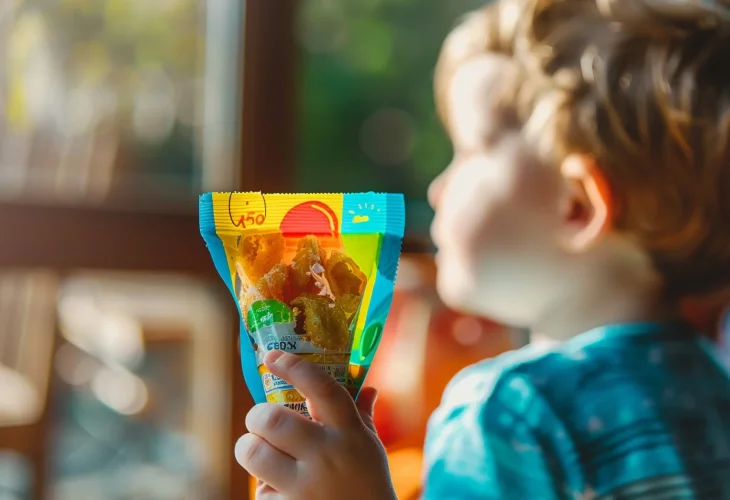Health and Nutrition
Artificial Food Dyes Under Fire: U.S. States Move to Ban Harmful Additives
With growing concerns about child health, behavior, and potential cancer risks, states are pushing legislation to eliminate artificial food colorings from processed foods

In response to rising health concerns and growing public awareness, many U.S. states are moving to ban artificial food dyes. West Virginia passed a sweeping new law prohibiting seven artificial food colorings and several preservatives in food products distributed statewide, including in public schools.
This legislation follows similar efforts in California, Florida, and other states, where lawmakers, parents, and health advocates are uniting to combat the use of artificial dyes linked to behavioral issues in children, reduced concentration, and in some cases, serious health risks.
What Are the Harmful Dyes Being Targeted?
Researchers and health officials have flagged several commonly used artificial dyes, including:
Red 3 and Red 40
Yellow 5 and Yellow 6
Blue 1 and Blue 2
These dyes are widely found in processed foods and are of particular concern due to potential carcinogenic properties. Some experts also worry about their impact on child development, citing symptoms such as hyperactivity, irritability, and sleep disturbances — especially in sensitive children.
One of the most controversial dyes, Yellow 5, has been reported to trigger adverse reactions even in small amounts.
A Divided Scientific Consensus, But Strong Legislative Action
While researchers have yet to reach a clear consensus on the exact level of risk posed by these dyes, growing precautionary legislation suggests a shift toward a "better safe than sorry" mindset. According to the Environmental Working Group, around 23 U.S. states are now in various stages of drafting or enacting regulations to limit or ban artificial food dyes.
How to Avoid Artificial Dyes Today
If you're looking to avoid these ingredients before they’re banned nationwide, the simplest step is to read ingredient labels carefully. Artificial colors are most commonly found in highly processed foods, so cutting back on packaged and industrial snacks is a smart way to reduce your exposure.
As the U.S. edges closer to broader regulation, consumers can take control now by choosing cleaner, dye-free alternatives — and pushing brands toward safer, more transparent food options.

